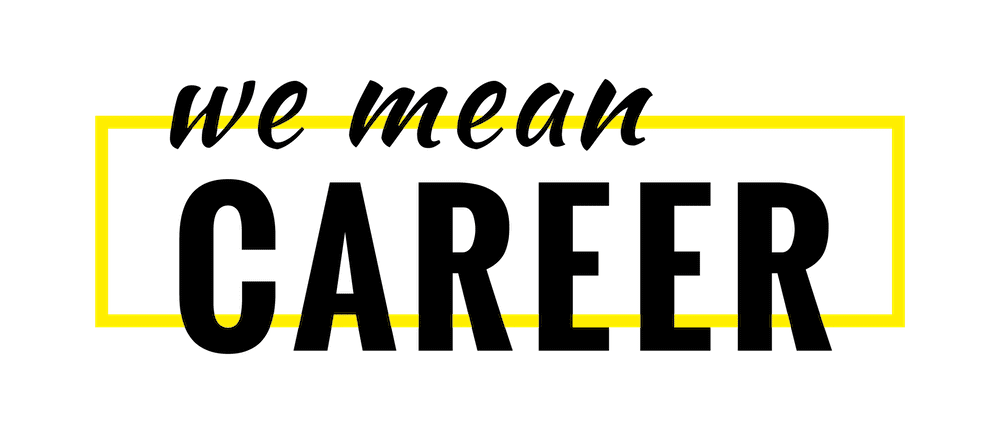7 STEPS TO A SUCCESSFUL CAREER CHANGE

Are you interested in starting a new career? Maybe your career goals, values, or interests have changed. Or perhaps you want to make more money or get more flexible working hours.
There are many reasons people change careers. Whatever your reasons, there are many factors involved in taking such a big step. It can be confusing. Luckily, there are some simple steps you can take for a smooth transition into a career that will be more satisfying for you.
Here are 7 steps you can take to make your career change a success:
1. Evaluate your current situation
The first step in making a career change is to evaluate your current situation so you can find the right options. Otherwise, you can end up wasting time in jobs that aren’t right.
Start by writing down some of the reasons you’re unhappy in your current job. What do you like and dislike about it? You can even keep a daily journal of daily situations to help you.
If there are any recurring problems in your job, this is something to consider as it can help you figure out whether it’s the company or coworkers you’re unhappy with or the work itself.
2. Consider alternative careers
The next step is to start brainstorming some alternative career options you can explore. Think about your interests and skills by thinking about your past roles. What are the activities you prefer doing? This can help you determine your core values and areas you’re most interested in.
Then, you can research career options by searching online or discussing them with friends, family, and other contacts you have through networking.
If you’re struggling to come up with ideas, you can also try taking online quizzes or discussing the subject with a career counselor. Sometimes it helps to get some professional advice!
3. Find out what your job options are
Once you have an idea of which types of jobs are suitable, it’s time to check out the options available to you by doing some in-depth research into a few jobs. You can do this using Google or other online platforms like forums, career networking sites, interviews, or social media.
If you have any contacts with experience in the job you’re interested in, make sure you speak to them, as they can be an amazing source of information.
While you’re doing your research, you should also check the skills and qualifications necessary for the job, as well as other details like typical working hours and pay to make sure it’s suitable.
4. Build your skills if you need to
Depending on the job or jobs you want to pursue a career in, you may need to upgrade your skill set to meet employers’ expectations. If this is the case, the next step is to research how you can learn these skills and whether you need additional training or qualifications.
Take some time to find out which educational opportunities are available that could be a bridge between your current position to your new one.
You should also consider taking some relevant courses or seminars if your dream job is completely different from your background and current skills.
5. Try out the job (if you can)
If it’s possible, why not try out the job for a short time before making a decision? There are a few ways you can do this. For example, some jobs offer “shadowing”, where you can observe people in a particular field and see if the position is right for you.
Another option is to volunteer or work as a freelancer in your free time. This way, you can try out the work for short periods to get a better idea of what it would be like.
This is also an amazing way to get some relevant experience on your resume. If you haven’t worked in a particular role before or are making a big change, this is really beneficial.
6. Consider the alternatives
Before making a final decision, make sure you consider alternative roles or easier routes if they are available. One option could be to stay in the same industry but try out a new job.
You could also find ways to utilize your current knowledge, skills, and qualifications in a better way without retraining. Many skills are transferable, and this could save you a lot of time.
7. Start applying for jobs
Once you’ve completed all these steps, it’s time to start applying for jobs. Make sure you write a new resume (especially if you’re applying for jobs in a new industry), along with a new cover letter that reflects your aspirations and goals.
After doing this, it’s time to search for your ideal jobs and apply for interviews. Hopefully, you’ll quickly find a job that’s perfect for you and fit your skills and interests.
Making a big change in your career is really exciting. But it can also be confusing and scary. Following these steps is a simple way to overcome the challenges you might face.
Another way to address your concerns is by reading books that advise you and help you build a strategy so you can prepare for any obstacles that might come up in this situation.
For some examples of great books that can inspire you when making a career change, check out our article The 12 Best Books For Career Change.




